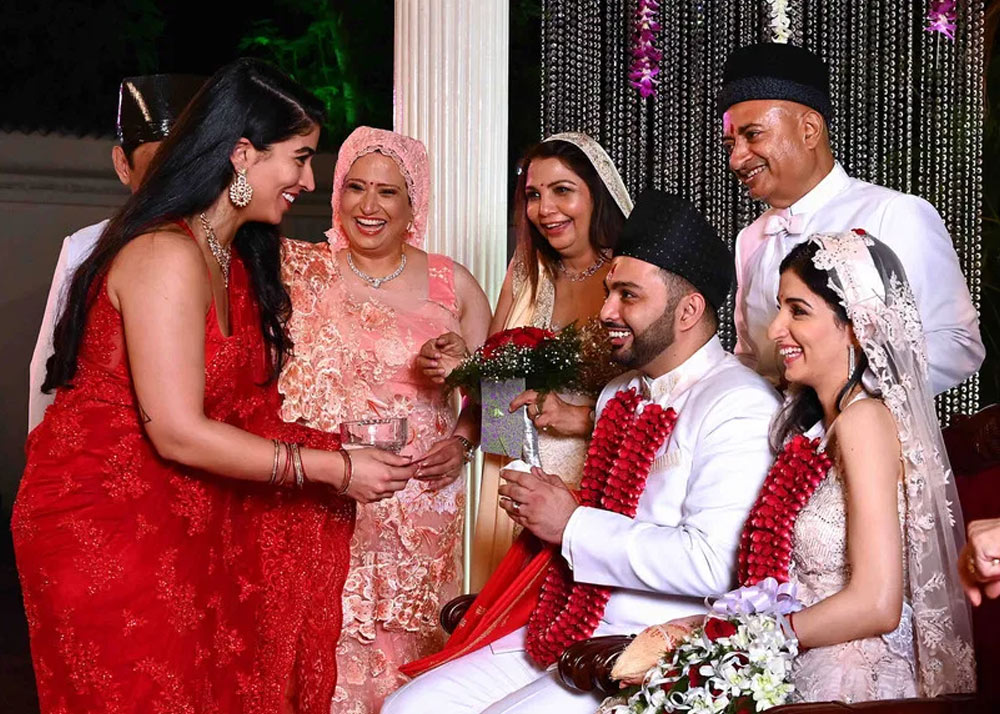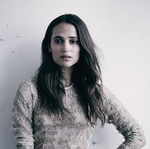Zoroastrian Wedding Traditions
The ancient Zoroastrian tradition plays a major role in Iranian wedding ceremonies, which was once the main religion of Iran.
 IranianPersonals Magazine > Lifestyle & Culture| Updated February 16, 2021
IranianPersonals Magazine > Lifestyle & Culture| Updated February 16, 2021
Although much has changed due to the Islamic traditions, the Iranian wedding ceremonies of today remain relatively the same as before. Iranian weddings are considered to be elaborate events to be celebrated in the presence of guests who can serve as a witness to the union. Musicians would announce the wedding to the locals using drums. It was always a tradition for the bride and bridegroom to wear flower garlands around their necks and dress in white for the ceremony, although many Iranians dress in European wedding attire nowadays.
The marriage traditionally has two stages which usually take place on the same day. In short, the first stage is 'Aghed,' when the legal process is dealt with, and both parties are expected to sign a marriage contract. It is here that the 'Mahr' is arranged to ensure that the bride will be taken care of financially. Then, moving on to the second stage is the celebration event which can last anywhere from three to seven days. The reception venue is decorated with flowers and includes a lovely spread covering the floor, 'Sofereyeh Aghed.' The bridegroom is seated first, followed by his bride. He is always seated to her right, as Zoroastrians considered this a sign of respect.








The bride's relatives hold delicate fabrics over the couple's head during the ceremony. Two customs then take place simultaneously. Two pieces of sugar-like cones are rubbed together a symbol to "sweeten" the union between man and wife, while two parts of the fabric are sewn together using a needle and thread to symbolize the marriage which will last a lifetime. A knot is then tied, showing that the couple should never be separated from one another. The bride then accepts the proposal, followed by a short reading from the Quran, signing of the contract and setting up of the Mahr, and then the couple is pronounced man and wife. The couple, who are now united, join their right hands together and partake in drinking a sweet liquid or honey, in the hope of a sweeter life to come.
After the ceremony, the wedding party enjoys one another's company with songs, jokes and clapping of hands as the bride is showered with elaborate gifts, all of which are for her only. Different items are presented before the bride, and each has a symbolic meaning connected to the ancient religion. For instance, mirror and candles are symbolic of light and fire, which are two important elements to the religion. Flatbread, baked and decorated for the bride is said to bring prosperous feasts and gold is a representation of prosperity. Esfand is an incense used at Zoroastrian ceremonies to ward off the evil eye, and of course, there is the honey and crystallized sugar for an ever so sweet life. There are many feasts with music and dancing to follow the ceremony, which is the most important of all rituals in Iranian traditions, in particular for the bride.
- 10 delicious flavors of Iran
- 13th Day Of Nowruz: Sizdah Bedar
- A glimpse at Iran's hidden marvels
- A Persian love story
- About IranianPersonals.com
- About Us
- Affordable fashion exhibitions for middle-class Iranians
- All About Persian Weddings
- American food combos that we just don't get!
- American-Iranian Council aims works to waive the sanctions to Iran
- American Iranians & Arabs strive to uphold their identity
- An upcoming Iranian fashion brand for women: Poosh
- Anahita Sadighi, an Iranian Berliner, brings Asian art to Berlin
- Ancient city of Bam still stands as an intriguing UNESCO World Heritage Site in Iran
- Annual Iranian Film Festival in San Francisco
- Book review - The Fall of Heaven: The Pahlavis and the Final Days of Imperial Iran
- British-Iranian Network Alliance (BINA) empowers business community
- Can Muslims Date
- Contact Us
- Dating Advice
- Dating Advice Article 2021
- Dating During Coronavirus
- Famous Iranian Women
- Frequently Asked Questions
- How important is physical appearance to women when dating a Persian man?
- Do Persian singles want kids these days?
- How To Date Online
- How to Make A Great Online Dating Profile
- 'Hush! Girls Don't Scream' takes two awards at 'Action on Film Festival 2016'
- Iran Chat Room for Farsi Speaking People
- Iran Dating
- Iranian Chat Room
- Iranian Dating
- Iranian Dating App
- Iranian Dating in Berlin
- Iranian Dating in Irvine
- Iranian Dating in London
- Iranian Dating in Los Angeles
- Iranian Dating New York
- Iranian Dating Site
- Iranian Dating in Stockholm
- Iranian Dating Sydney
- Iranian Dating in Toronto
- Iranian Dating in Vancouver
- Iranian Marriage
- Iranian Men
- IranianPersonals Member Reviews
- Iranian Personals Safety Tips
- Iranian Singles
- Iranian Personals Profile Tips
- Iranian Women
- Iranian Singles Sites
- Is Online Dating Safe
- What's the most important thing when choosing a Persian man?
- Iranian Singles
- Mature Iranians
- Muslim Dating Rules
- Online Chat Dates
- Online Dating Success
- Persian Chat
- Persian Dating
- Persian Dating App
- Persian Dating Site
- Persian Marriage
- Persian Men
- Persian Personals
- Persian Singles
- Persian Women
- Do Persians prefer dating other Persians?
- IranianPersonals Site Map
- 'Tug-of-war' over origin of U.S. Ambassador to Sweden
- VIP Membership
- Why are iranian women so beautiful
- Young Iranians
- Zoroastrian Wedding Traditions
Dana Point, Ca 92629
USA +1 (949) 743-2535
